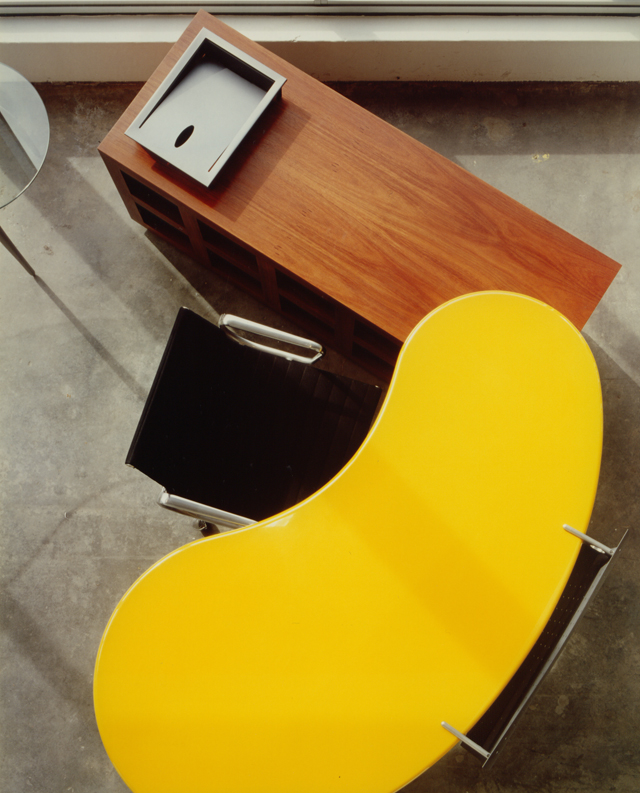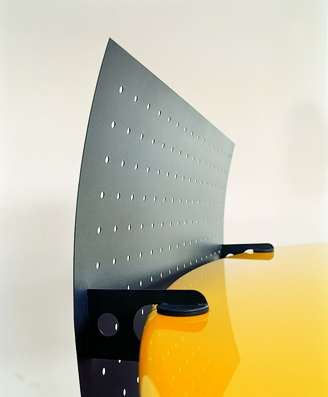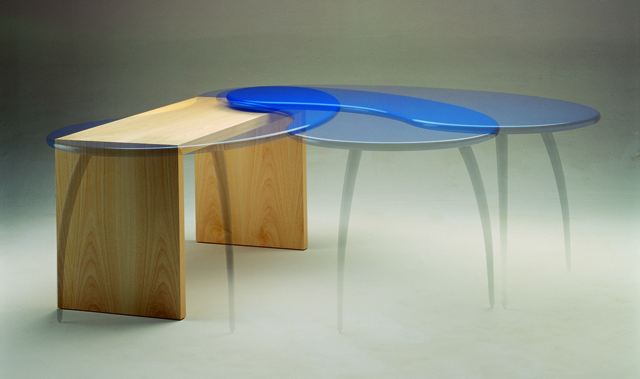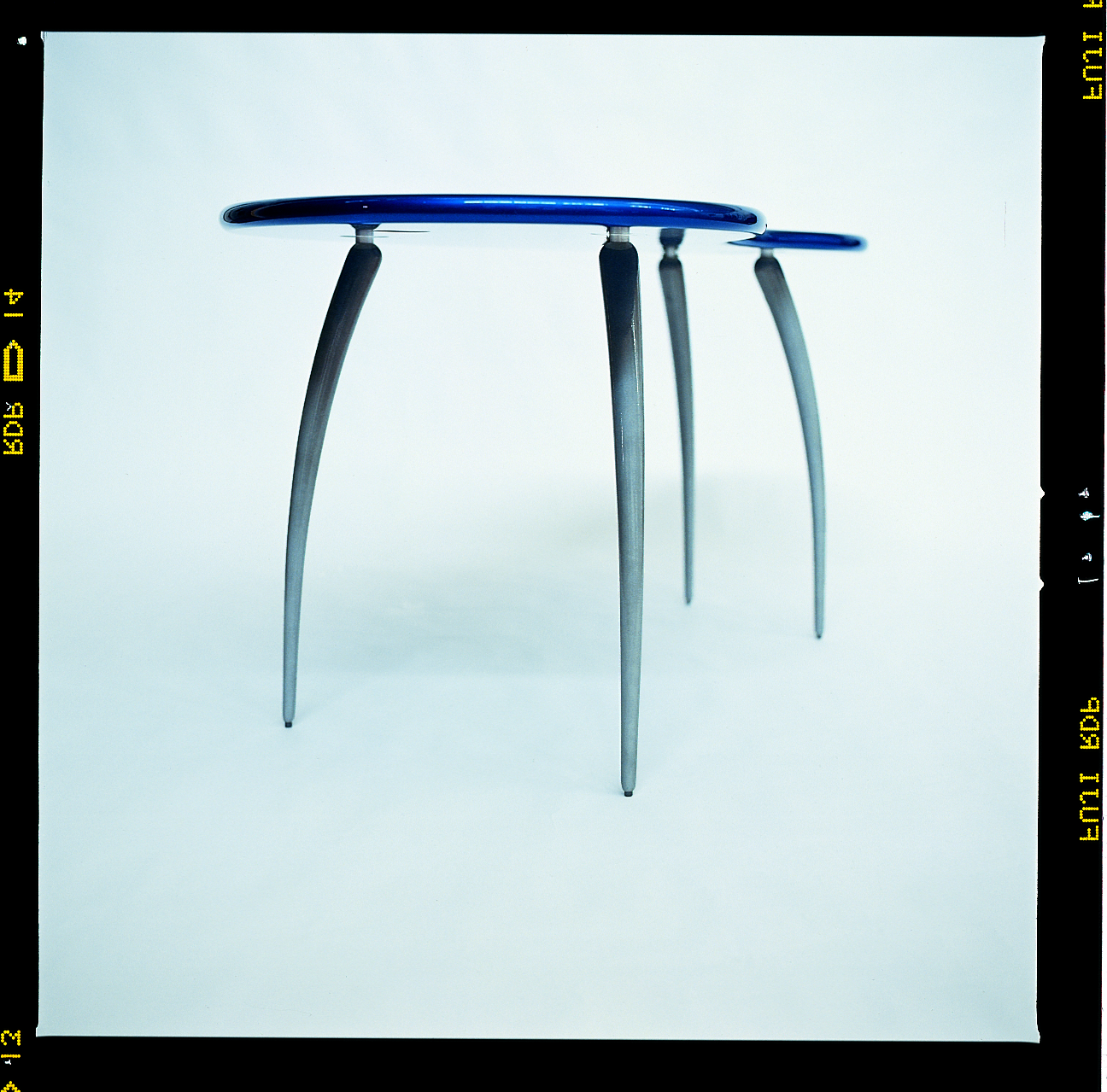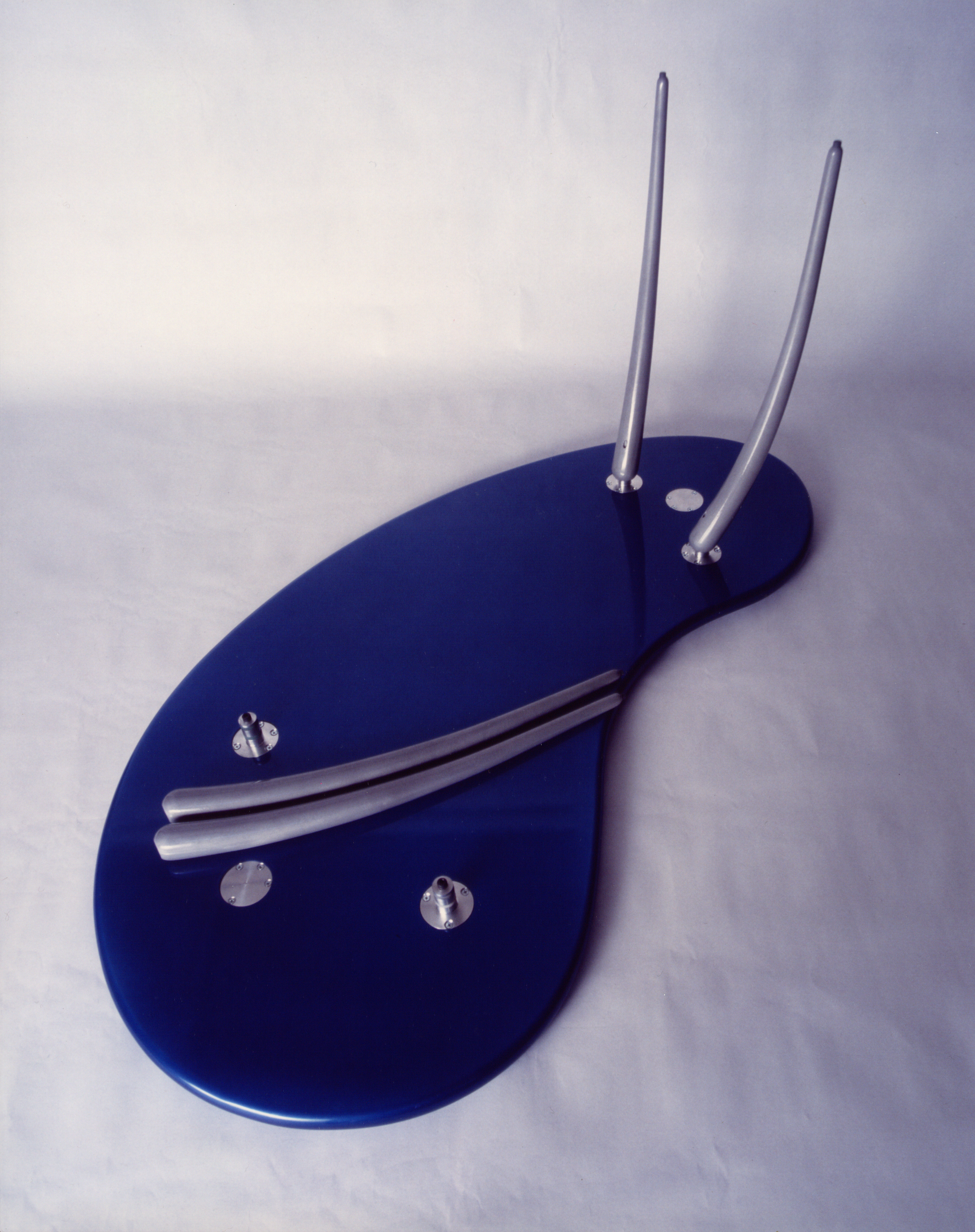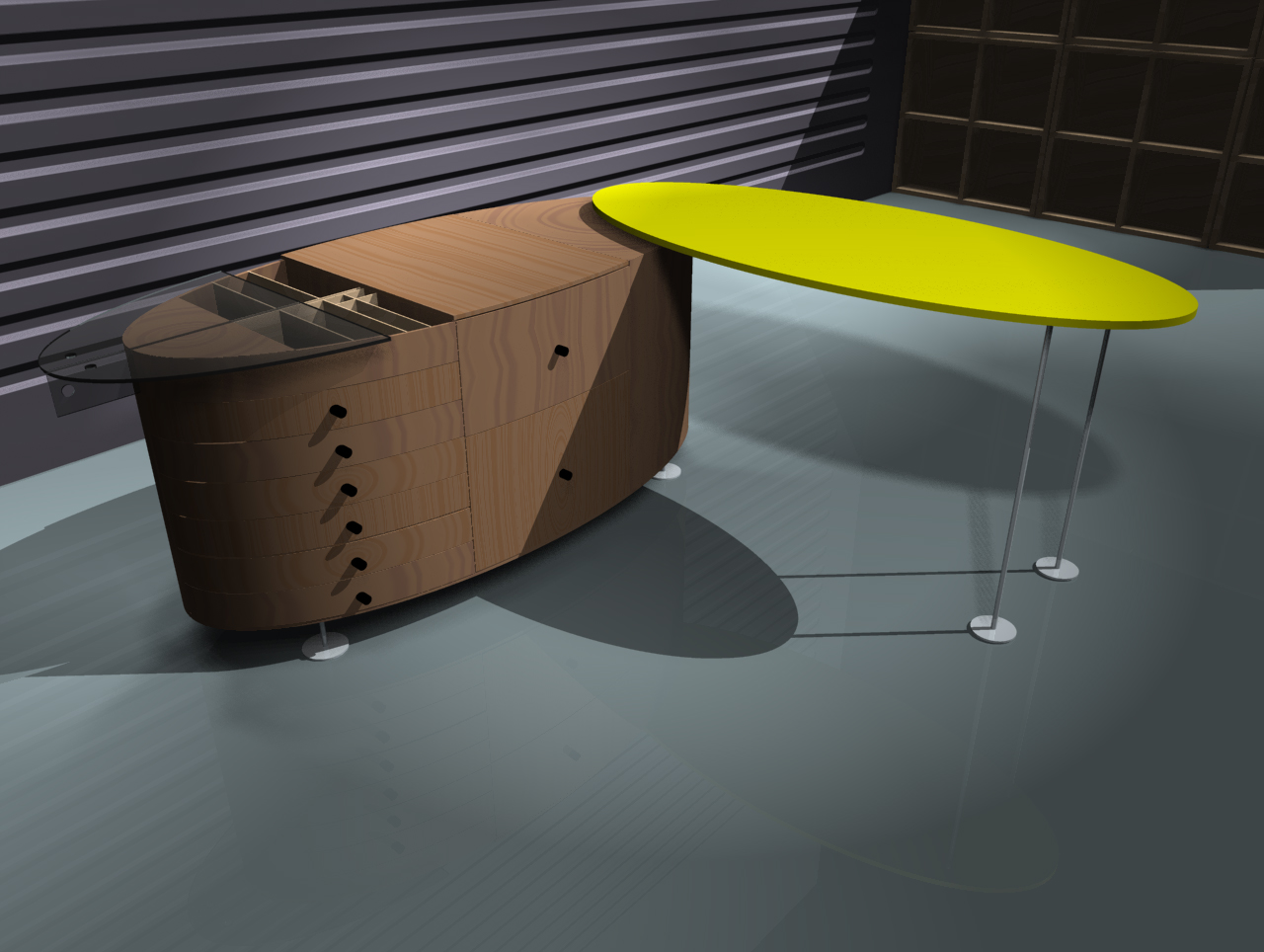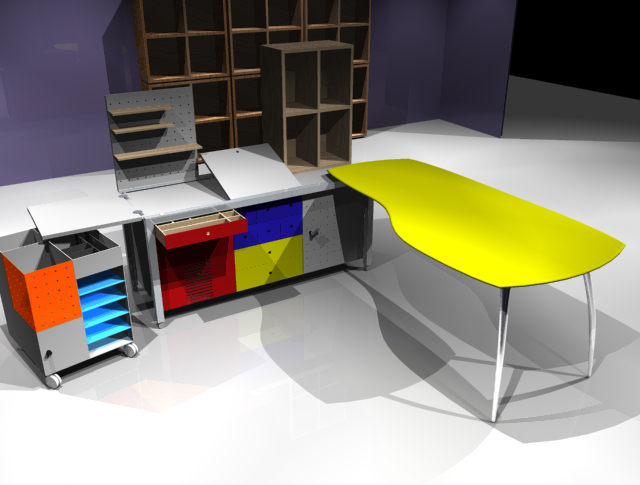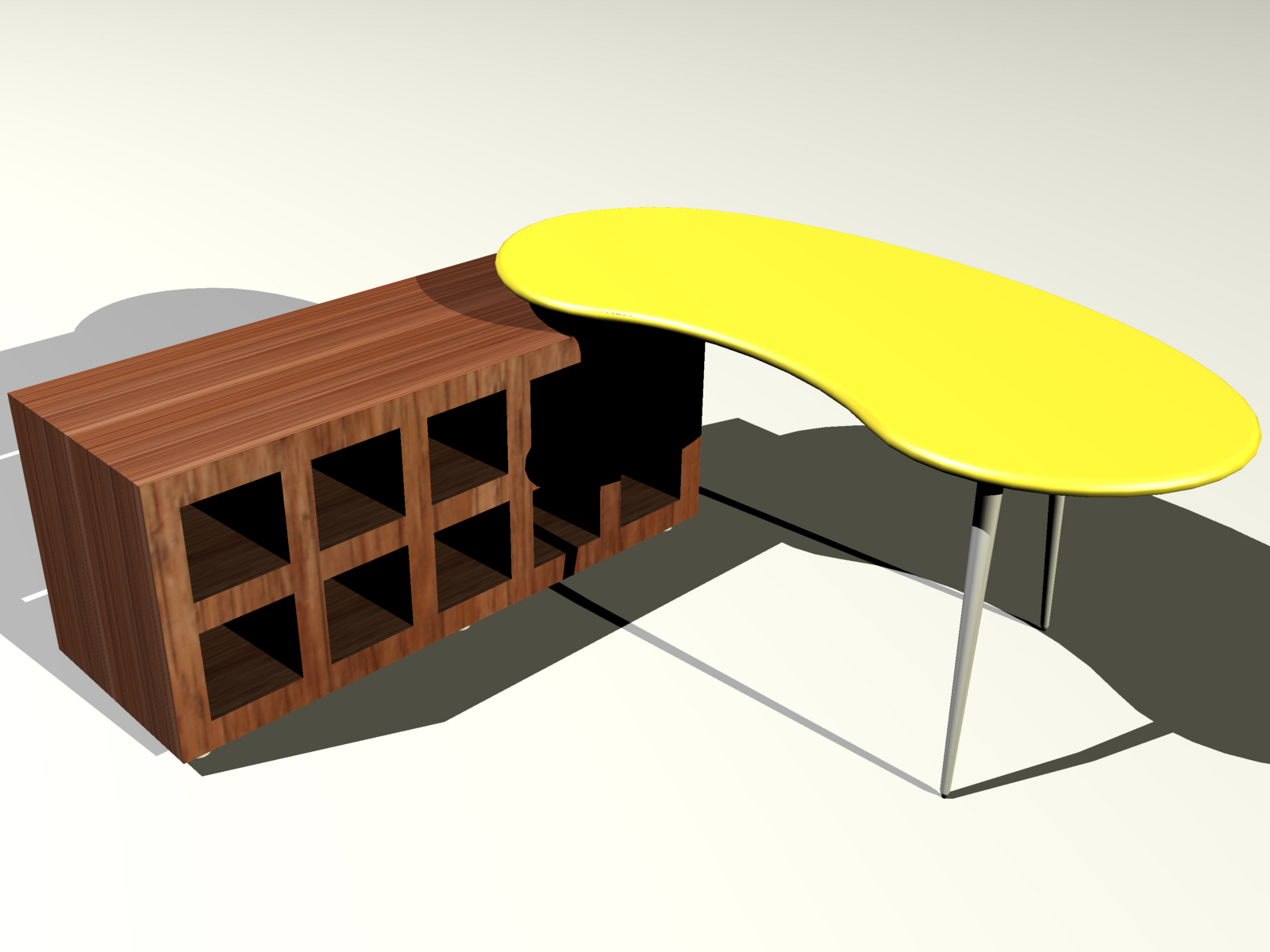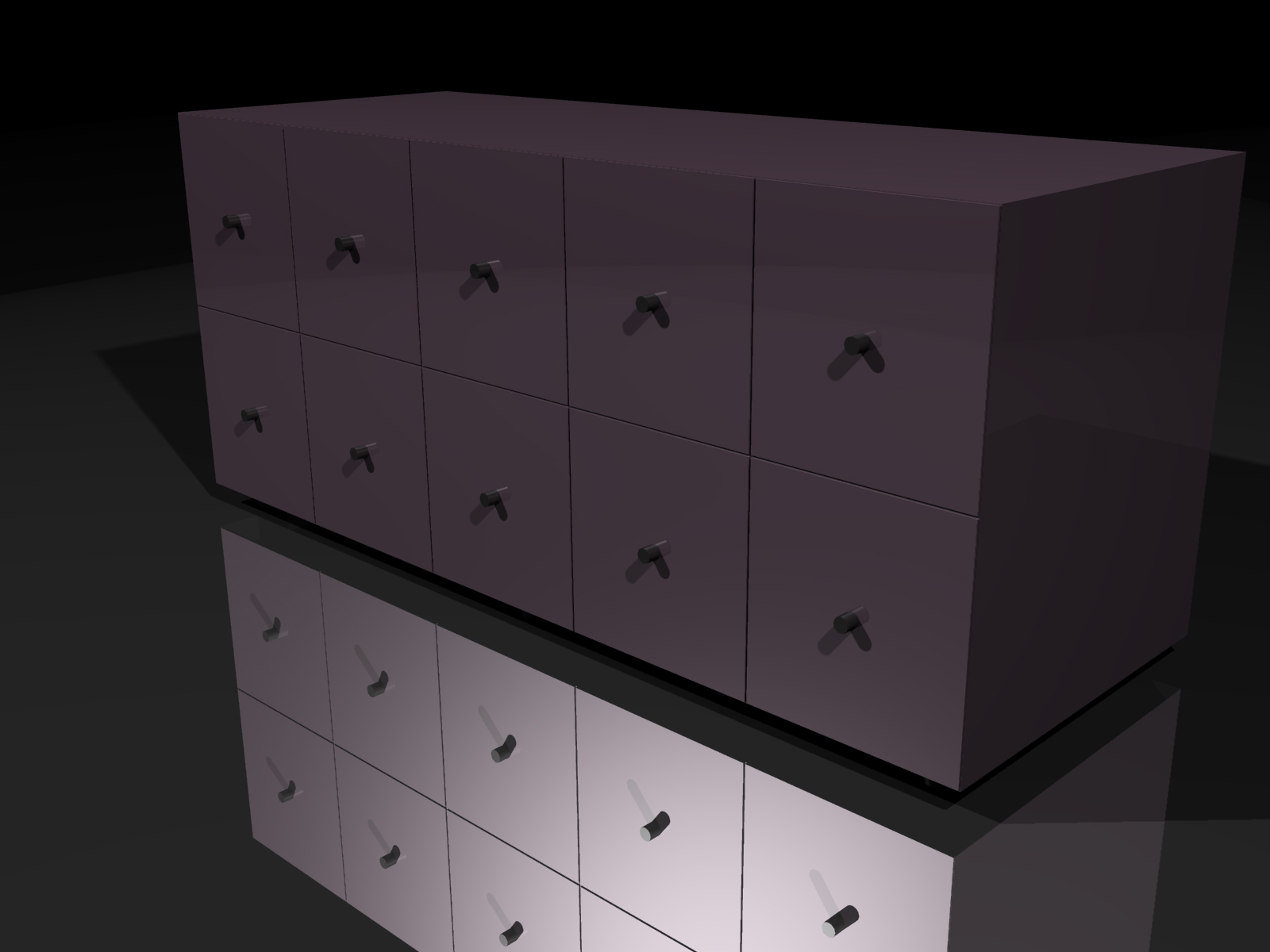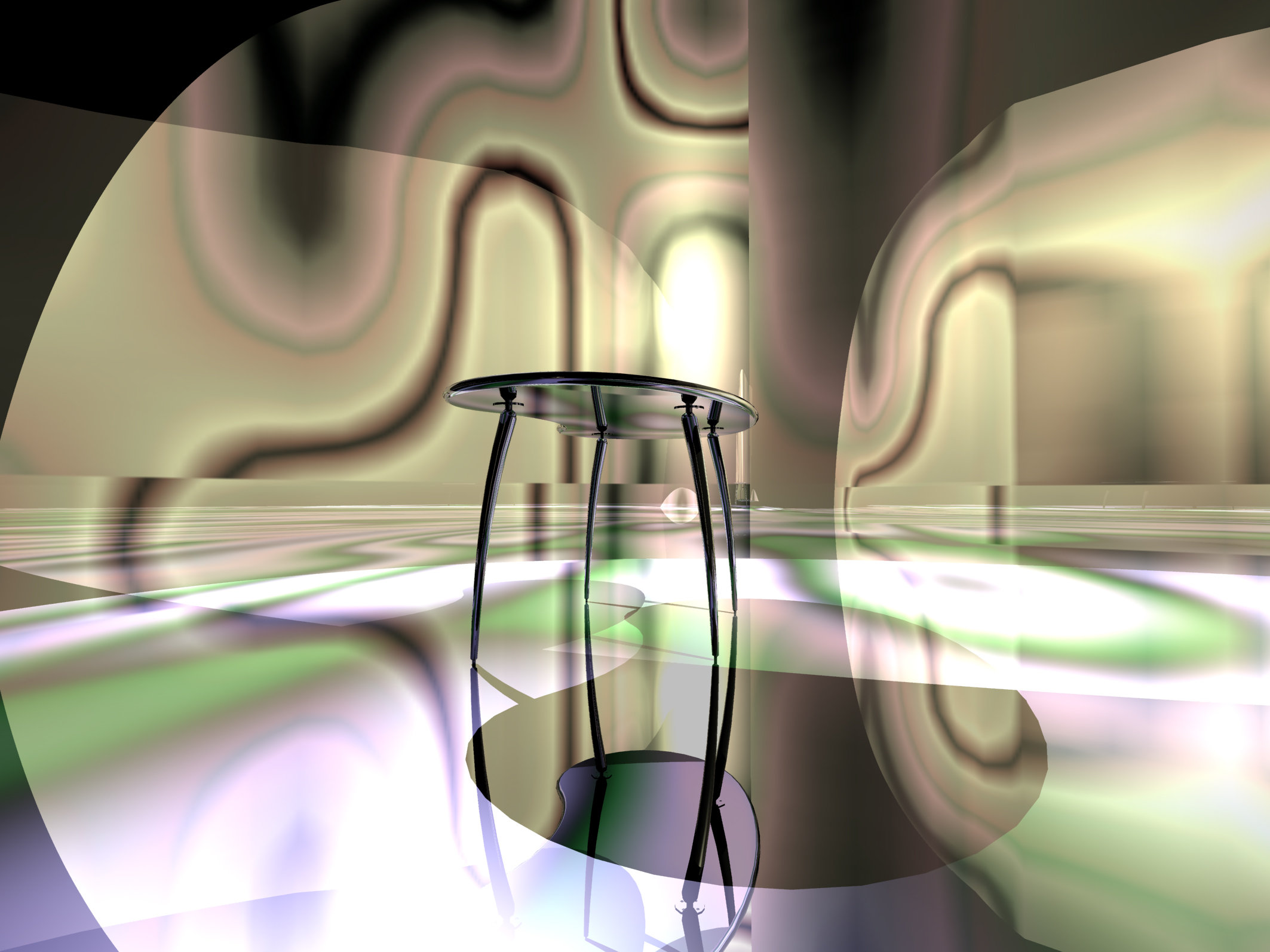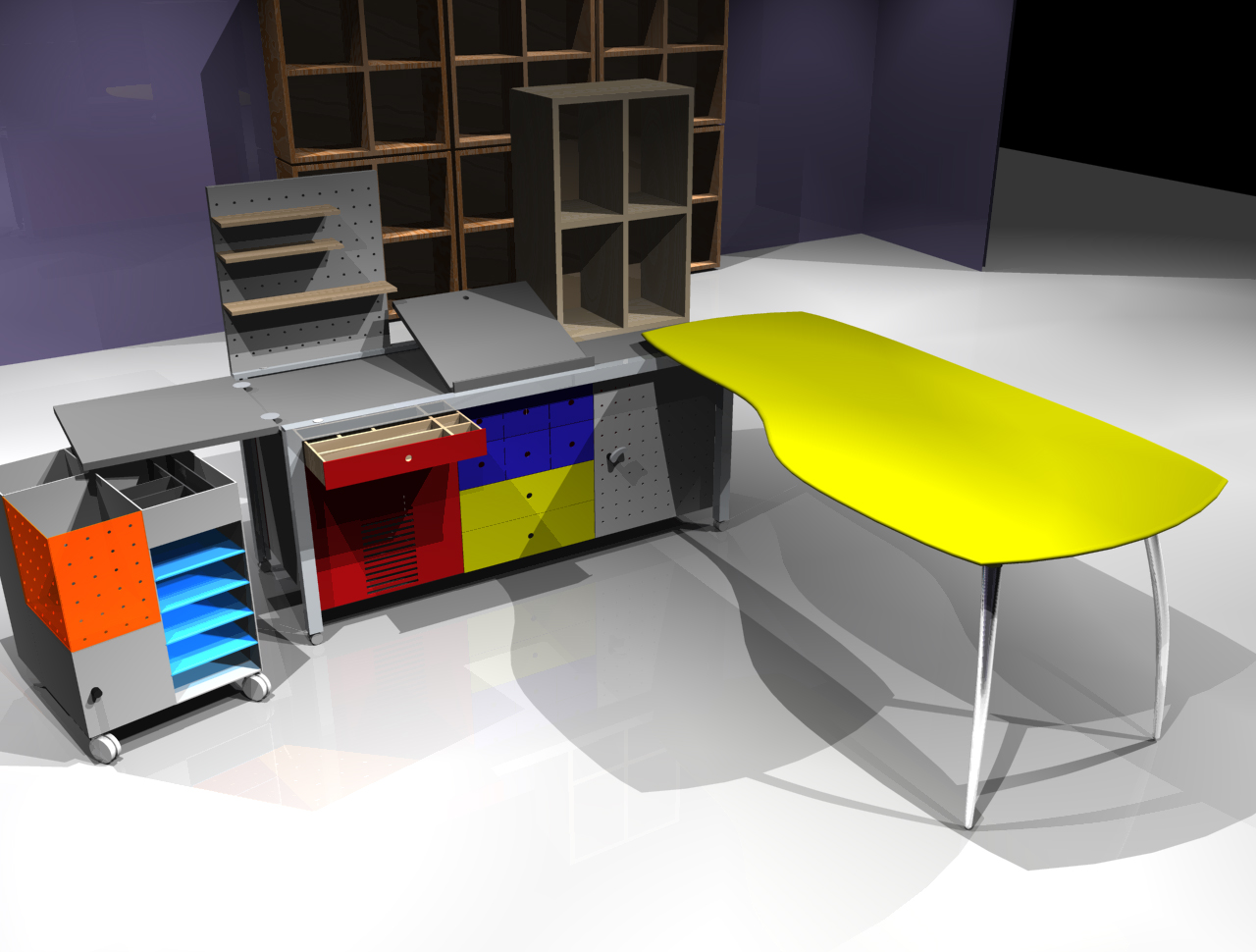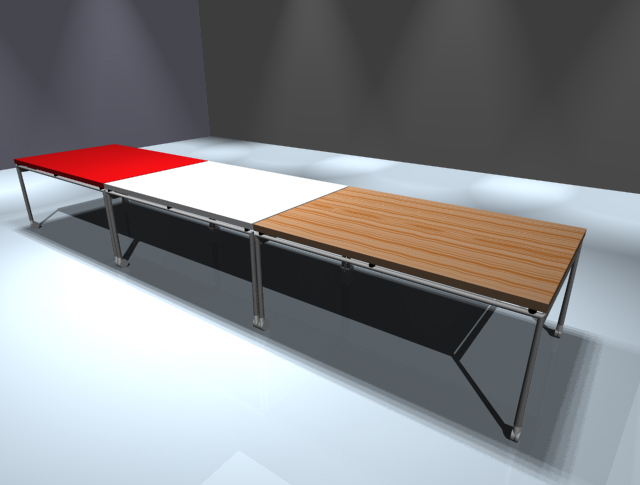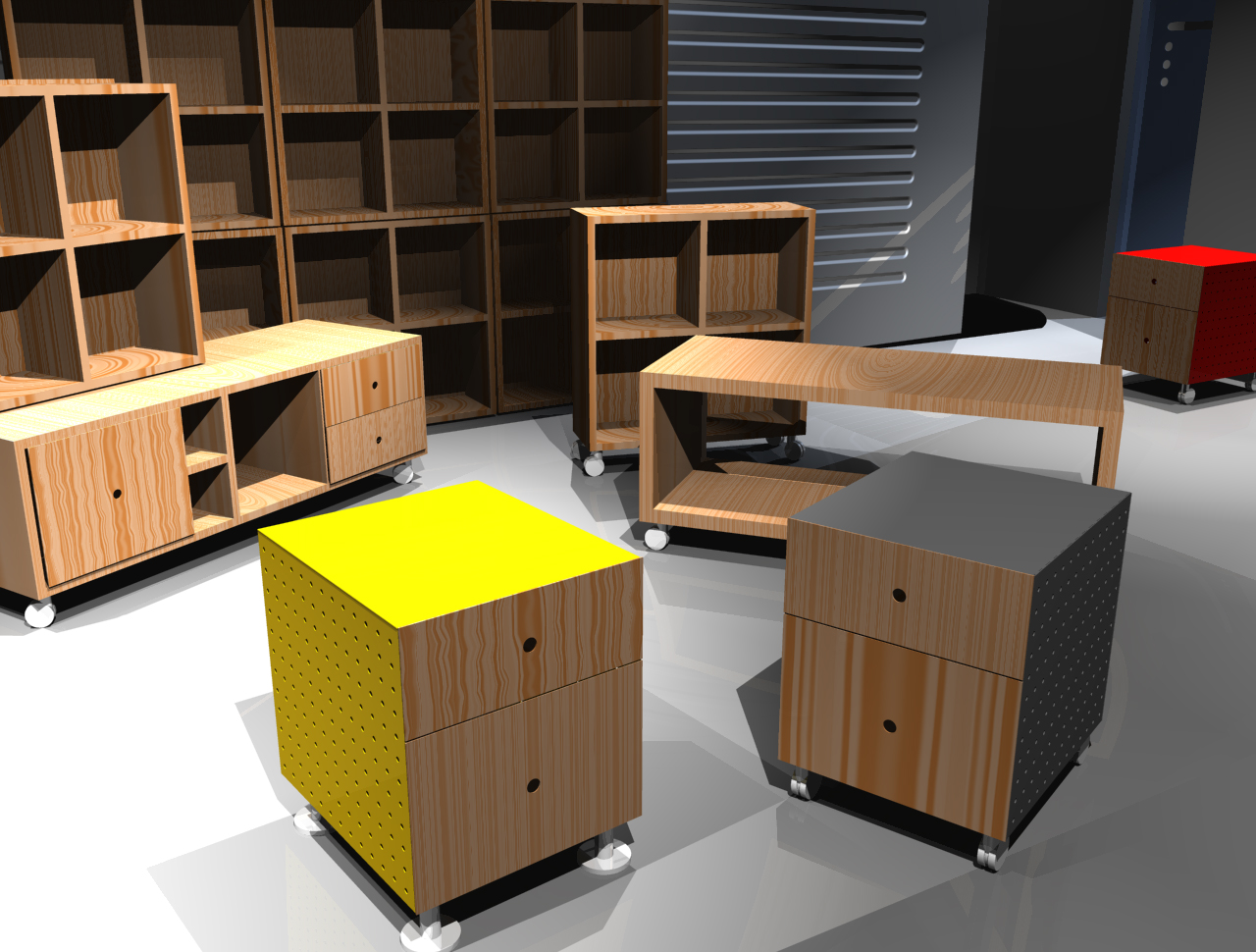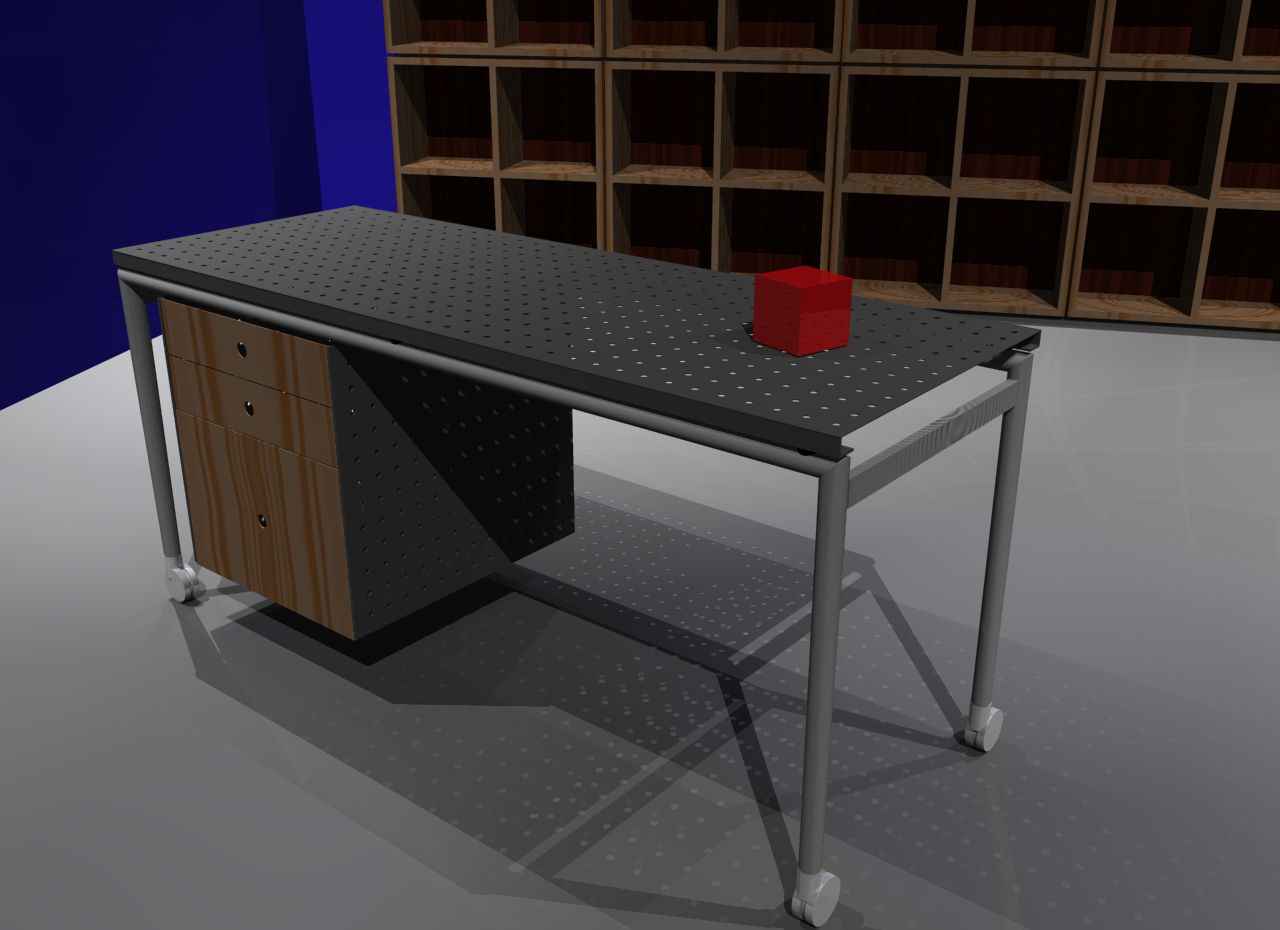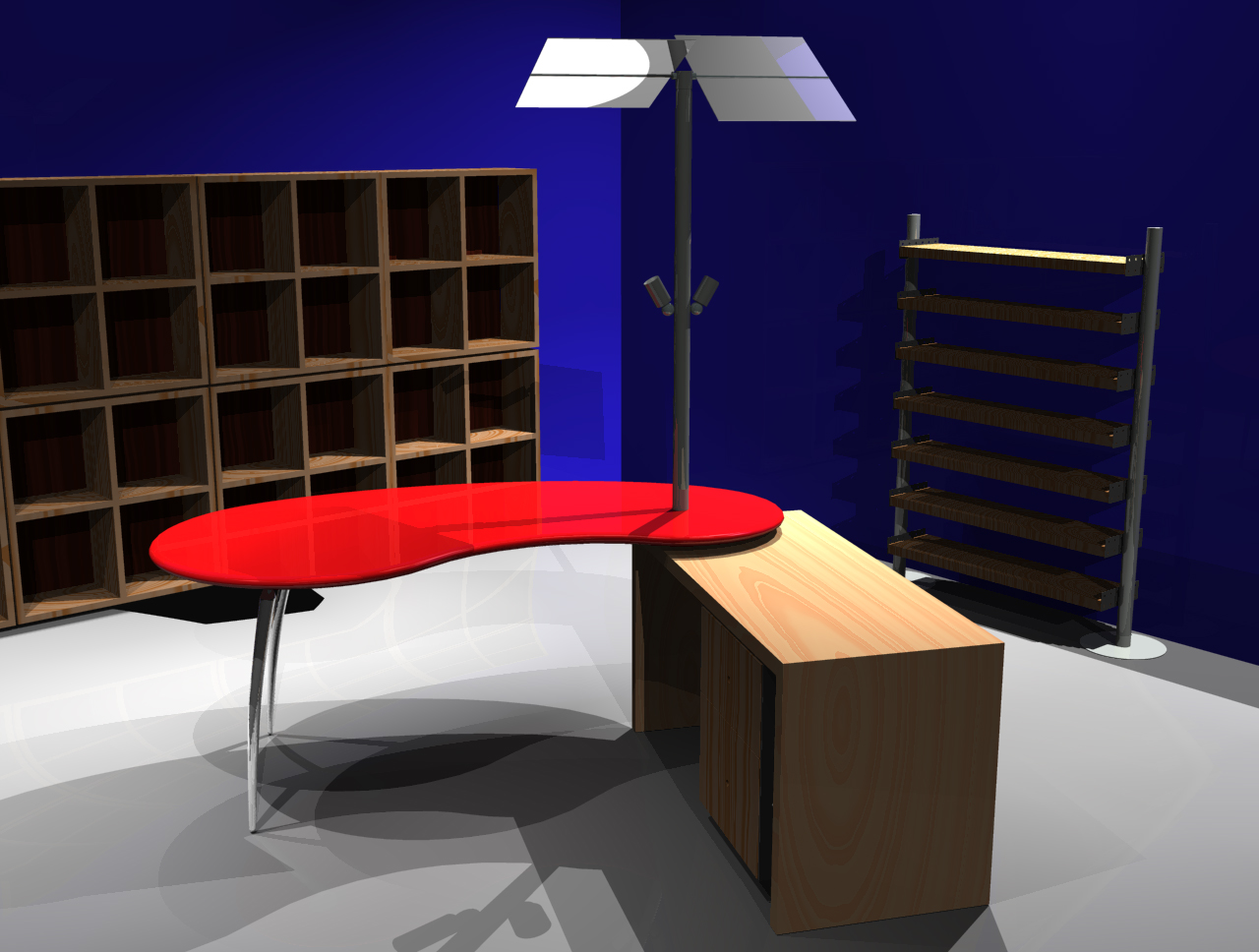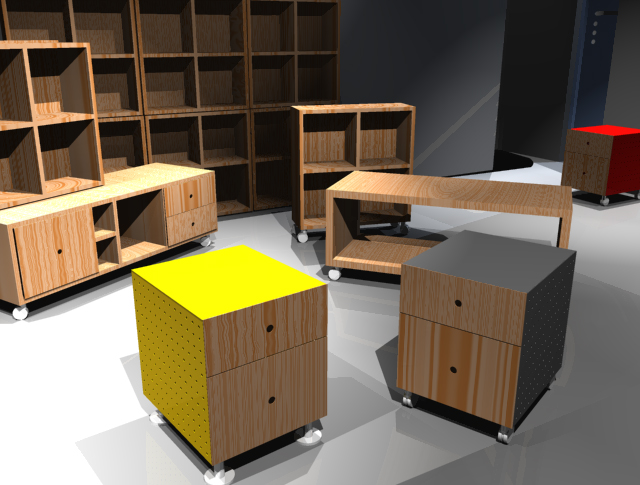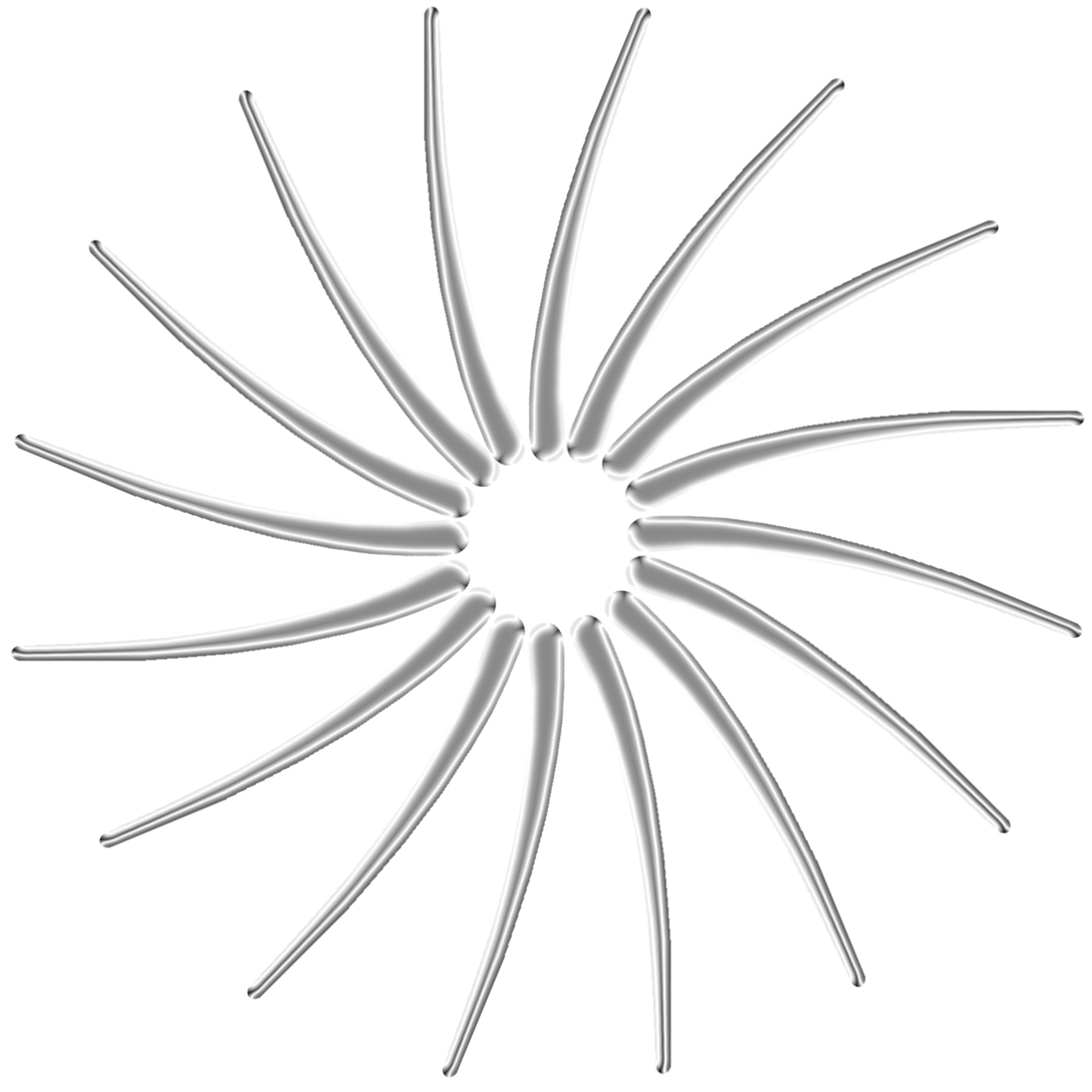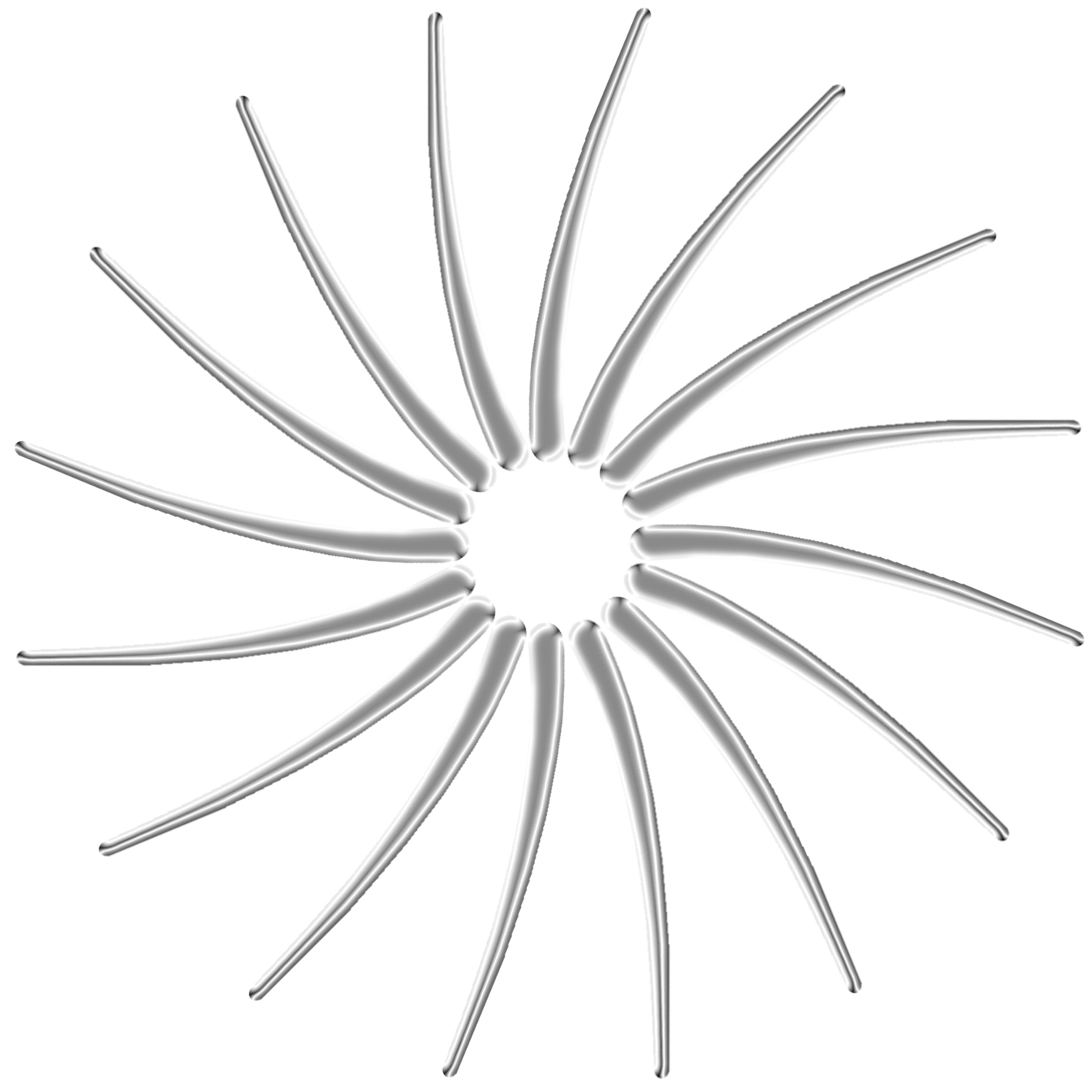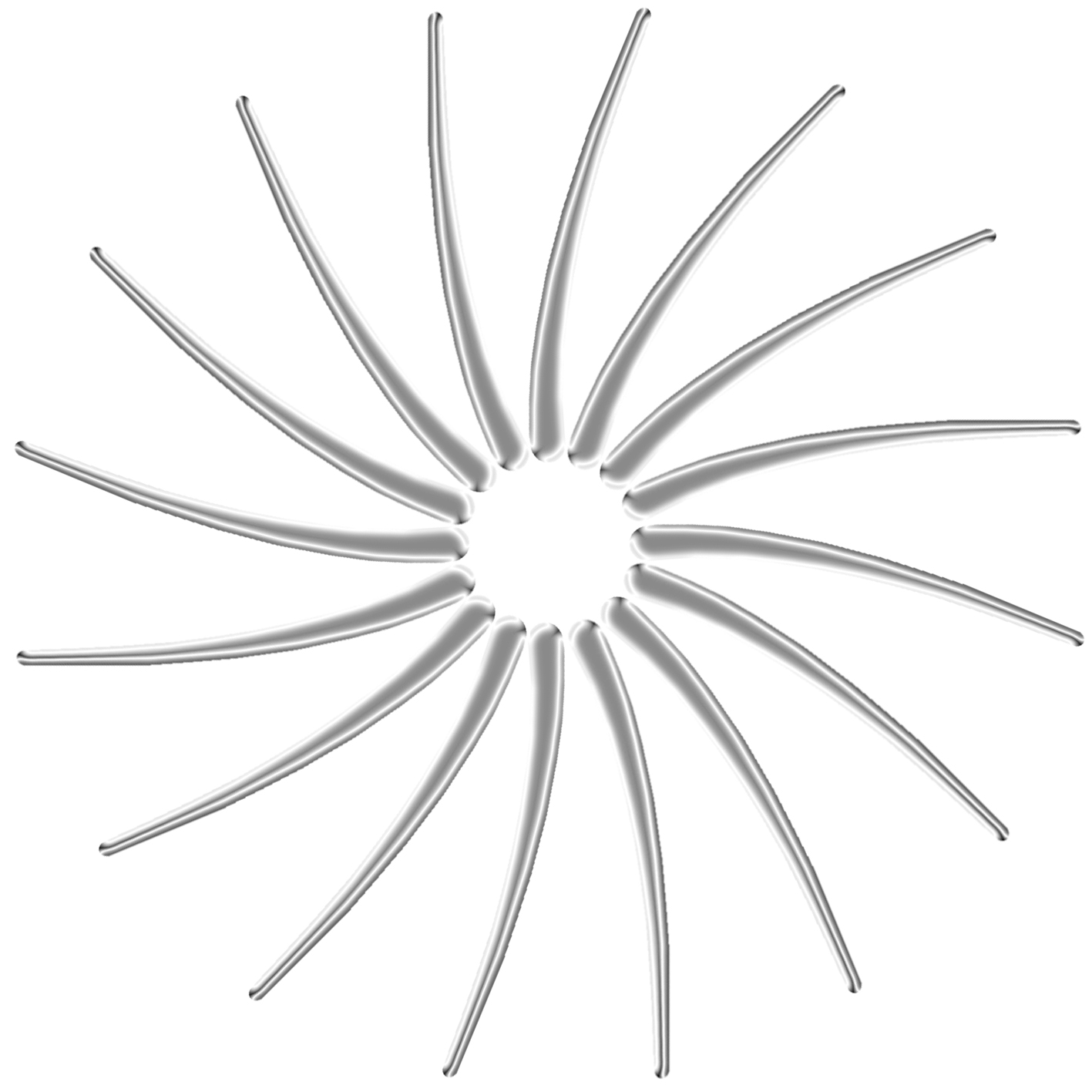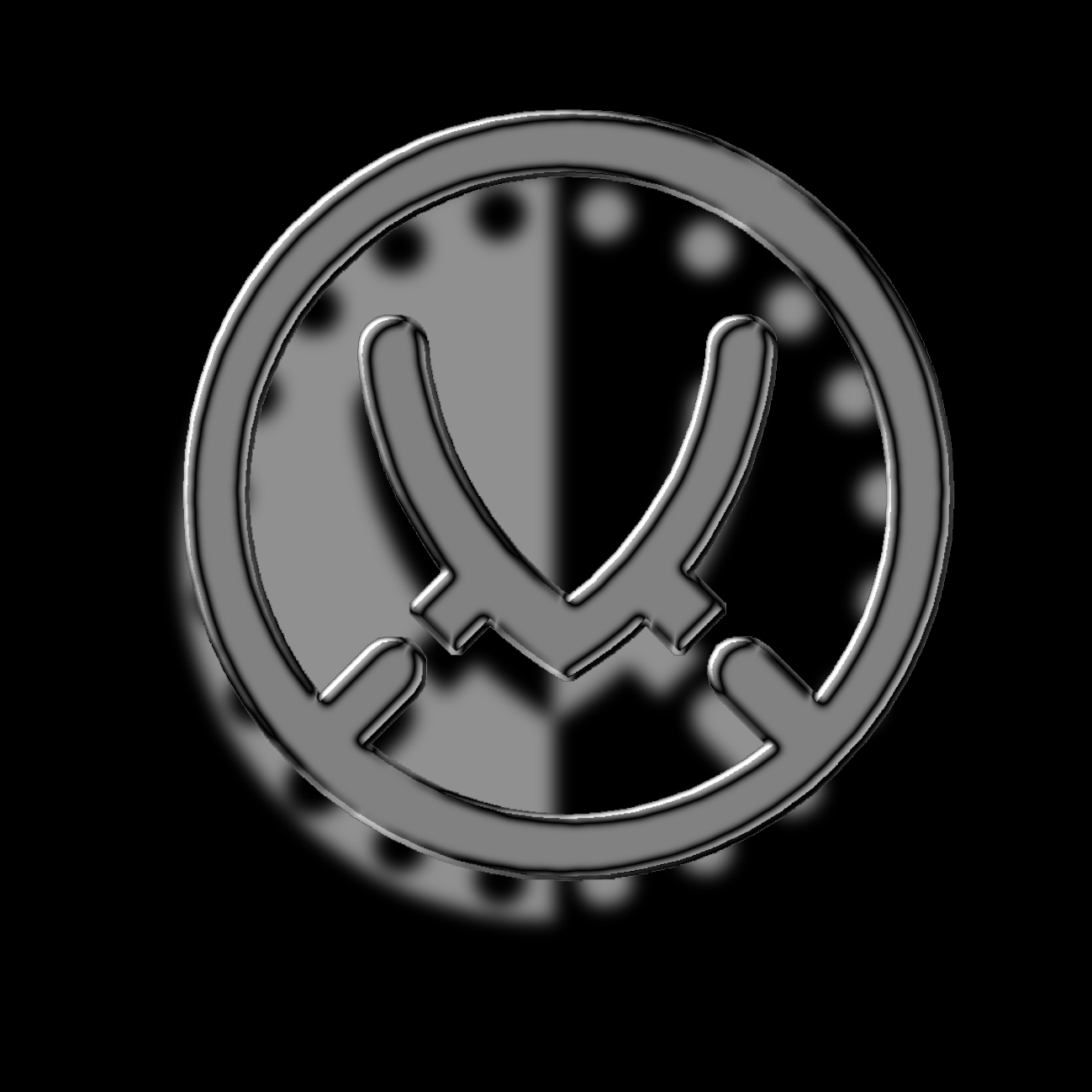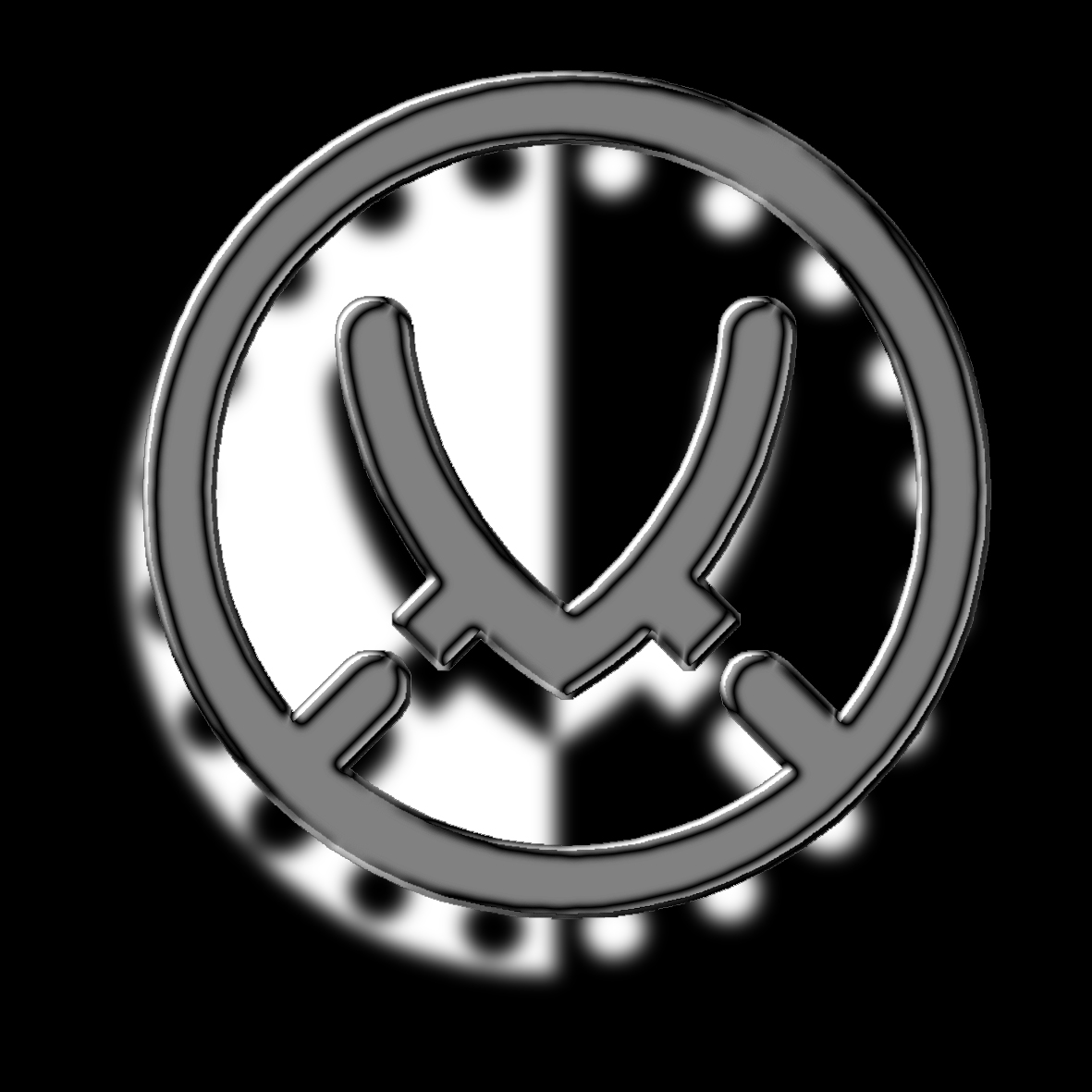Vervette is a modular table system, a collection of components designed to meet the demand for continual flexibility both at work and in the home. Interchangeable cast aluminium legs of differing lengths can be teamed with a variety of table tops for use as dining, sideboard, occasional and coffee tables as well as café tables and work-stations. Any furniture piece purchased can be upgraded for a different use at a later stage. Legs, tops and storage units etc. may be bought separately by end users and the elements use a common connection format. The end user can configure their set up in a way that is unique to their needs and in response to changed requirements as they arise. This allows a ‘hot rod’ approach to customising your furniture.
Central to the concept, and the starting point is the idea of connection. With a singular connecting system an infinite array of configurations is possible from a finite but expandible range of elements. The table collection features one joint system to connect all elements. This is a fast locking and release mechanism that connects the table legs to the tops while maintaining strength and durability. The table can be easily disassembled for storage and the legs can be easily adjusted to sit squarely on an uneven surface. This is a durable and elegant ‘knock down’ solution. Technically it is based on aviation technology. Any component in this first table range will be fully interchangeable and interconnectable with all later system elements following the philosophy of such upgradable products as the Nikon camera range.
Vervette and the home office
The Vervette modular table system is a loose collection of furniture elements that can make up a workplace where ever it is required. This furniture has been designed to capture the spirit of an informal huddle rather than rigid organisation The elements are designed to accommodate the portable, electronic office, an environment demanding great flexibility and rapid change.
When configured as a work-station a storage unit can form the anchor for the workplace. This acts as the support at one end and the return for the work desk. The work desk [easily demountable] pivots about the end of the storage anchor to swing in, out of the way when not in use. For an additional work surface a light but stable conference table can be easily attached. When not in use this easily pulls apart and stacks vertically against the wall or in a closet.
Work desks and conference ends will accept additional legs to make them free standing. The tabletop shapes are designed to loosely interlock to create larger meeting tables when required.
The pivot between anchor and desktop also acts as the base for the ‘Satellite’ light tower with adjustable reflecting vanes for illuminating your work surface. These reflector vanes are fabric; silver or white for different light qualities. This tower may also act as a vertical cable duct [from the ceiling as required in many government tenancies.
Components and Materials
Vervette tables come with die-cast aluminium legs and tops in 32mm solid Craftwood finished with either a coloured urethane surface or a timber veneer, 25mm veneered plywood or 12mm glass.
The materials for the system include cast and machined aluminium, wood, glass and composites to provide a range of tactile and visual experiences. Mobile storage units, similar in height to the storage anchor, can be placed under the desk, along the wall or used to define a territory. The core aesthetic is light but stable, friendly rather than monolithic, using simple forms with soft curves. The storage elements are more rectilinear and solid. Privacy screens, modesty panels and shelving are all attached to the desking using a simple bracket system.
There is a variety of table top shapes from the biomorphic to the rectilinear with slightly softened edges. The table tops are currently available in 6 shapes: palette, elliptical, circular, rectangular, wrap around [banana] and a hall stand table [wing].
7 colours are available: 1 gloss metallic blue, 2 gloss metallic charcoal, 3 gloss yellow, 4 gloss lime green, 5 matt aluminium, 6 matt purple and 7 matt crimson. The timber veneer is Silver Ash.
Assembly is easy: To remove the legs. Turn the table upside down. Insert the supplied key up into the elliptical hole under the head of the leg. Turn the key clockwise to unlock the leg. Repeat until leg is loose. Withdraw the key between turns. Pull the leg directly away from the table. To attach the legs. Drop each leg onto its connector as far as it will go. Insert the key and turn anticlockwise until the leg is held very tightly. Re-right the table. To adjust leg length [were table is rocking on an uneven surface]. Insert the key into the leg sitting farthest off the ground, as above, and turn clockwise to loosen the leg. Drop the leg so that it sits firmly on the ground. The legs can be adjusted up to 7mm in length to allow the table to sit squarely.
Project credits
Design: Michael Trudgeon.
Design development: Michael Trudgeon, David Poulton
Engineering and connector design: Michael Trudgeon, Anthony Kitchener, Dennis Miller
Fabrication coordinator: David Poulton.
Fabrication of table tops and returns: David Poulton
Project graphics: Glynis Nott,
Rendering: Joseph Brabet, Glynis Nott

